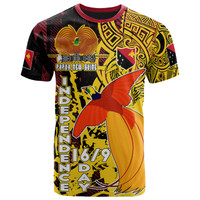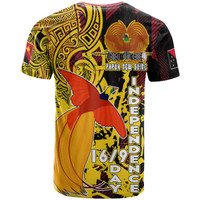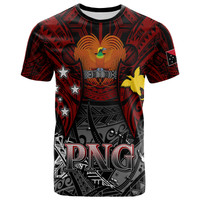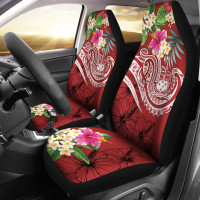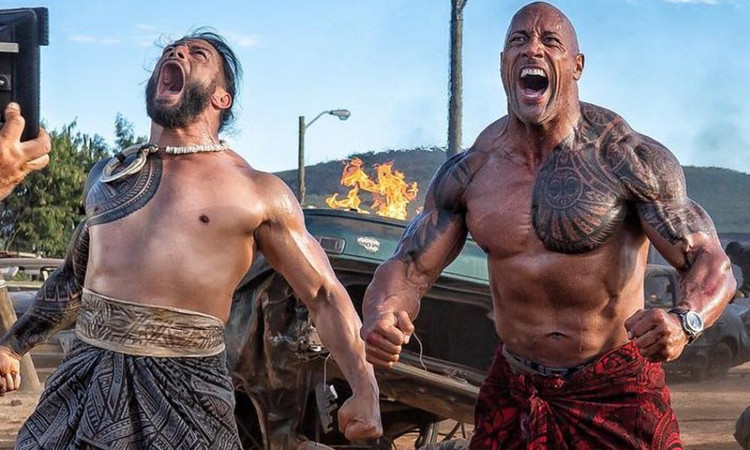10 Fun Facts About Samoa to Bring to Your Trip
Posted by Maris on 16th Jan 2024
Nestled on a small island nation in the South Pacific, Samoa boasts lush flora, palm-fringed shorelines, and breathtaking waterfalls. In addition to being a tropical paradise, this unusual island paradise is filled with entertaining and fascinating information about its rich cultural heritage.
In order to heighten the excitement of your journey, learn some fascinating facts about Samoa before you begin exploring this island paradise.
The name Samoa has various connotations.

Experts have argued Samoa observed an early New Year's Eve celebration in 2011 as it moved to the western side of the International Date Line. The nation advanced by one day as a result of this modification, completely omitting December 30.
Robert Louis Stevenson, a late Scottish novelist, was interred near Mount Vaea.

The moment you step foot on Samoan islands, you can't help but be enthralled with the country's extraordinary splendor. The late Scottish novelist Robert Louis Stevenson shared similar sentiments.
The renowned novelist moved into a stunning mansion at the base of Mount Vaea, which is now known as the Robert Louis Stevenson Museum, since he was so enamored with the area.
In 1890, he was stricken with TB, but it didn’t stop him from immersing himself in the native village life in Samoa. His remains were interred near the top of the mountain, with a view of the Pacific Ocean, after he passed away four years later.
Half-Samoranian actor Dwayne "The Rock" Johnson works in Hollywood.

Dwayne "The Rock" Johnson plays the lead in Jumanji, one of Hollywood's highest-grossing movies, so you've undoubtedly seen it. Yet did you know that he has Samoan ancestry?
The former wrestler's mother and grandmother are Samoans, but his father is a Black Nova Scotian. In 2004, Samoa’s previous Head of State, Malietoa Tanumafili II, presented Johnson with the noble title of “Seiuli”, identifying him as a high chief.
For men, getting a traditional Samoan waist-to-knee tattoo is a rite of passage.

For Samoans, getting a tattoo has deep cultural and spiritual meaning. However, acquiring a traditional waist-to-knee tattoo in Samoa or Tatau is an arduous and painful process, in contrast to current tattooing techniques.
Handmade tools like bones, tusks, shark teeth, shells, and wood are used to create the tattoos. After two weeks, tattooed Samoan men are deemed highly esteemed.
In Samoa, feminine males are referred to as Fa'afafine.

Traditional Samoan society views feminine males as Fa'afafine, or universally acceptable. In Samoa, it is the third gender, designated for those who are assigned male at birth and assume both feminine and masculine characteristics.
According to a 2016 BBC News report, between 1% and 5% of Samoans identified as fa'afafine. Furthermore, as per SBS News, Samoa was home to up to 3,000 people.

Cooking at home is the responsibility of Samoan males.

The Samoan people's celebration of equality and inclusivity is another fascinating aspect of their culture. Cooking at home is a male and female responsibility, particularly when it comes to Sunday family dinners. To prepare the "umu," a traditional shallow oven heated by hot volcanic stones, young men congregate.
Samoan traditional homes lack walls and feature thatched roofs.

In Samoa, the term "fales" refers to the thatched, wallless, circular or oval-shaped village homes. These homes' open layouts reflect the open-mindedness of the Samoan people.
Fales are also supported by wooden pillars rather than nails. Samoans create these residences with separate cookhouses and thatched roofs made from dried sugar cane or palm leaves.
In Samoan cuisine, fruits and vegetables are major ingredients.

In Samoa, taro and coconuts are two of the most common crops. The majority of Samoan land is lined with coconut palms and taro crops.
However, delicious native foods don't just come from taro and coconuts. Other important crops that the natives use in their delectable recipes are bananas, breadfruits, yams, cocoa, pineapples, and mangoes.
Kilikiti is the name for the cricket game played by Samoans.

Cricket was brought to Samoans by missionaries and sailors who were visiting the island in the 1800s. Kilikiti is the name given to the game by the general public over time.
The game is played according to cricket regulations. In contrast, teams in Kilikiti are allowed to include between 10 and 20 players. All participants also need to wear lavalava. Batters employ a pate, a bat made from hibiscus wood or a breadfruit tree. The ball is covered in latex fiber made from the rubber tree found in the pulu vao or panama.
During a game of Kilikiti, teams cheer their batters on through dance, song, and shouts. To provide exciting matches, each team must defeat their opponents with greater cheers. Since they have a leader who instructs them to perform comedic actions, fielders also join in on the fun.



